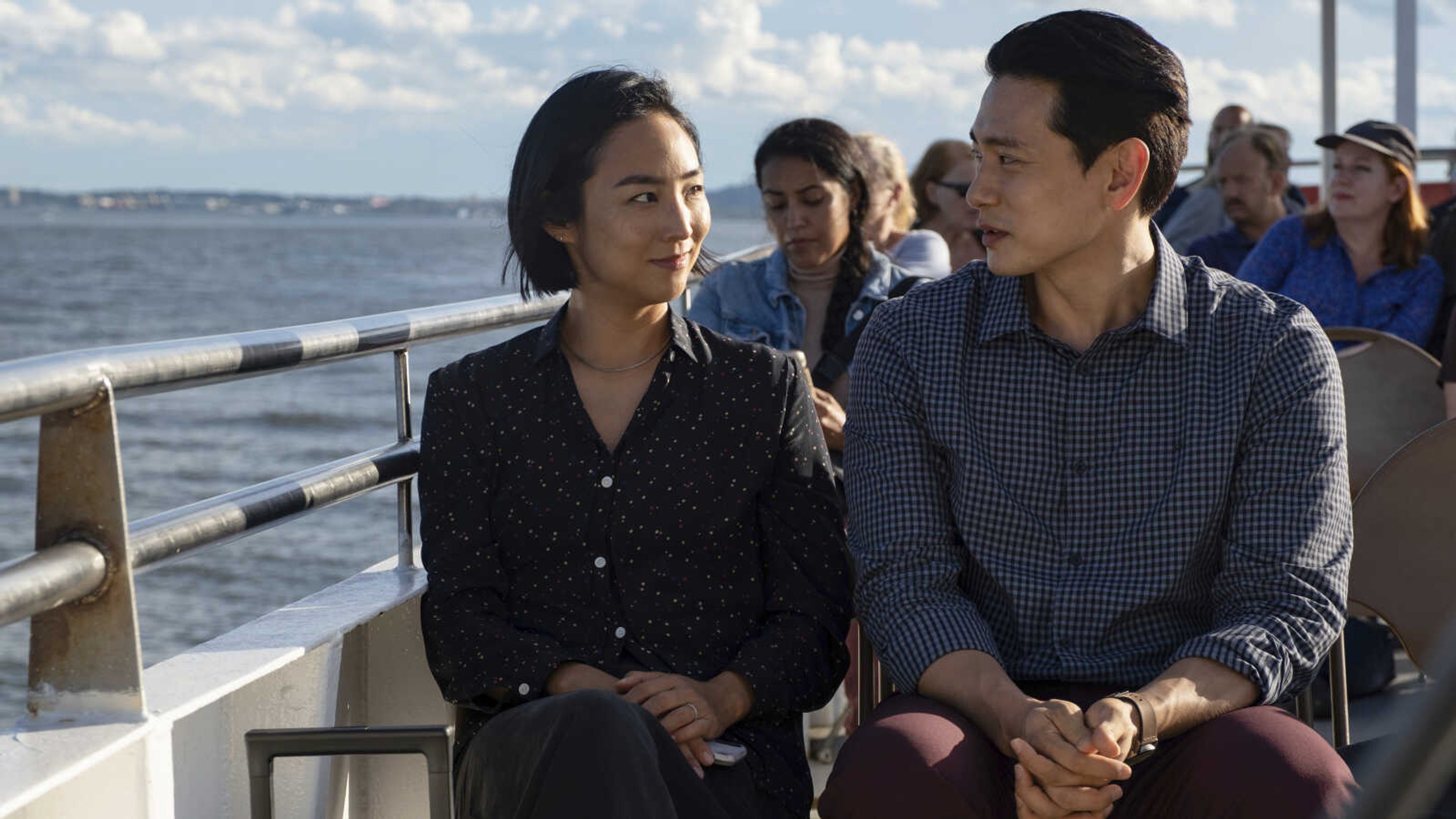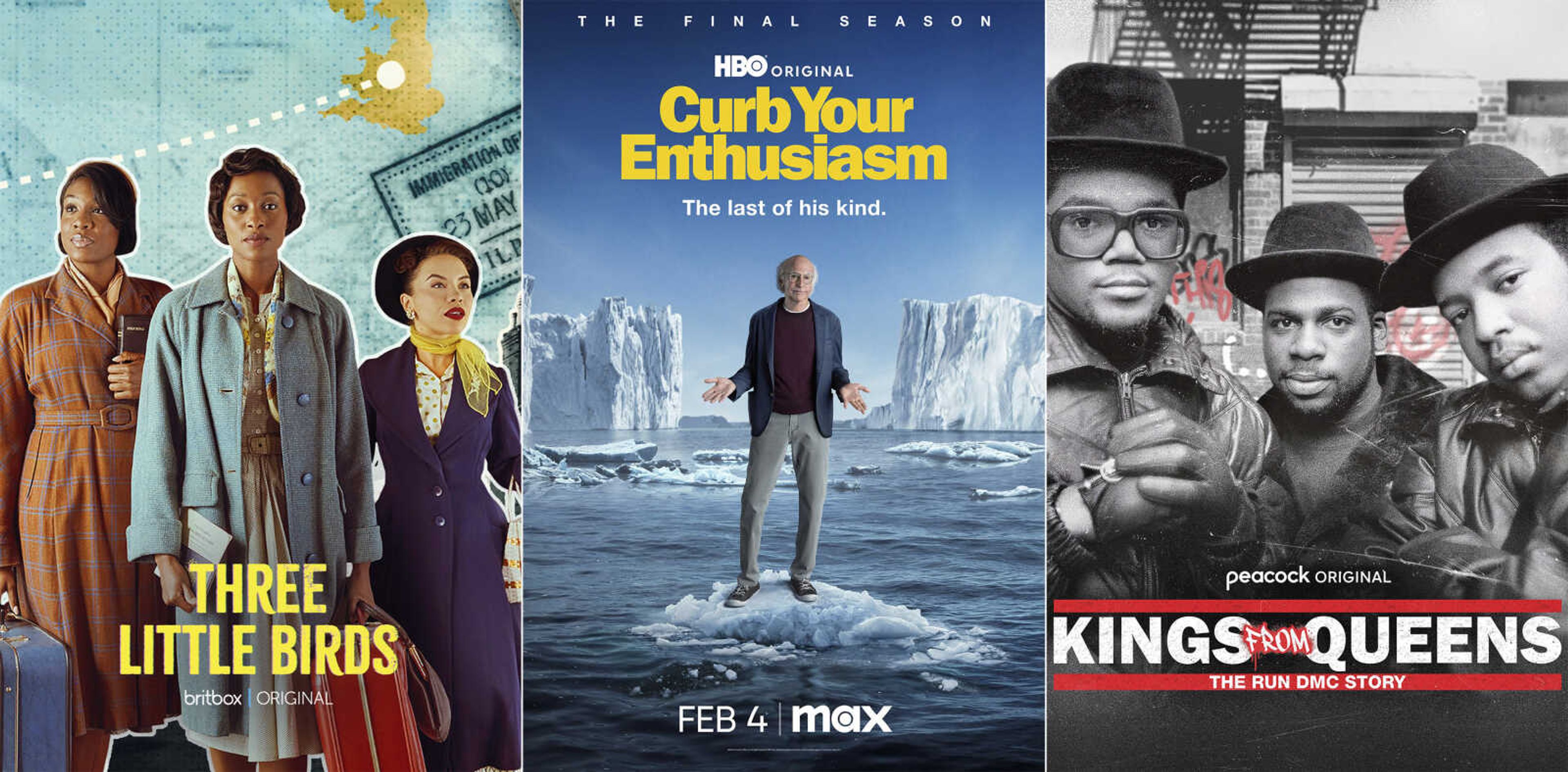'The Alamo' touches raw nerve in Mexico
MEXICO CITY -- Mexican audiences are bracing for "The Alamo," which depicts this country's most reviled traitor, one of its most humiliating defeats and events that ultimately cost Mexico half its territory. There is scant comfort in the fact that Mexican forces won the 1836 battle of the Alamo: The movie closes with the Battle of San Jacinto one month later, which Mexico lost -- along with Texas. ...
MEXICO CITY -- Mexican audiences are bracing for "The Alamo," which depicts this country's most reviled traitor, one of its most humiliating defeats and events that ultimately cost Mexico half its territory.
There is scant comfort in the fact that Mexican forces won the 1836 battle of the Alamo: The movie closes with the Battle of San Jacinto one month later, which Mexico lost -- along with Texas. Within a dozen years, Mexico went on to lose most of what later became California, Colorado, New Mexico, Utah, Nevada and Arizona.
An audience at the Mexico City premiere Wednesday gasped at the final scenes of the Mexican army defeat at the hands of Texans -- "in 18 minutes," according to the film.
"It was very much filmed from an American point of view. It didn't have very much good to say about the Mexican side," said Felix Boucham, 63, a Mexico City retiree and history buff. "I frankly expected the audience to boo some scenes."
Nor was it much comfort that part of the movie was in Spanish, with English subtitles, something director John Lee Hancock says he did for the sake of realism.
"This movie will without doubt cause polemics for Mexican audiences," the newspaper Reforma wrote in a review.
Mexican actor Emilio Echevarria -- who plays the unappetizing role of Gen. Antonio Lopez de Santa Anna, who led Mexican forces at the Alamo but later surrendered Texas -- hopes the film will make Mexicans reflect.
"This chapter of history still hurts us very much, but if we don't turn back and try to understand it, we won't understand what's happening today," said Echevarria.
Fragmented society
"Part of the weaknesses we see in Mexico at that time are still present," said Echevarria. "We were a weakened and fragmented society back then, and that prevented us from defending ourselves. Unfortunately, I see a lot of the same thing today."
The role of Santa Anna -- a wily political schemer and Mexico's equivalent of Benedict Arnold -- wasn't easy for a Mexican actor.
"We Mexicans have always condemned him, classified him as a traitor and nothing more," said Echevarria. "But if that was all he was, then how could he have been president of Mexico 11 times?"
On a personal level, "Santa Anna is a very attractive role for an actor," Echevarria said. "He has so many angles." Indeed, after losing Texas, Santa Anna actually sold part of Mexico to the United States -- what later came to be known as the Gadsden Purchase -- and kept coming back like the undead from exile or retirement until his death in 1876.
At least the current "The Alamo" movie is kinder to Mexico than John Wayne's super patriotic 1960 version, in which "the Mexican point of view wasn't even presented," said Hancock.
Hancock intentionally presented two heroic Mexican figures, one a Mexican army officer and one a rebel Tejano, as the long-standing Hispanic residents of Texas were known. "This is a Mexican movie, Texas was part of Mexico," Hancock said. "A lot of Americans don't know that."
Unfortunately, after Texas won independence, a lot of Tejanos were discriminated against no matter which side they fought on, Hancock noted. In one scene, independence hero Sam Houston warns a Tejano comrade to stay away from the fighting -- for fear the Anglo rebels would shoot anyone who looked Mexican.
The biggest question Hancock had to answer is why he didn't end the movie with the fall of the Alamo, but instead went on to depict the rebels' victory at San Jacinto, where Santa Anna was captured and his army wiped out.
"Some people suggested I tacked it on at the end so the good guys could win," Hancock said. "That wasn't it. I wanted it to be the completion ... and most importantly, it is parallel bloodlust."
One thing about the movie rings true with present-day Texas: it is sprinkled with Spanish -- something movie studios seem to have fewer problems with today.
"When I came on board," Hancock recalled, "one of the first things I talked to Disney about was, 'If I'm gonna do this, I want Spanish and subtitles. I felt it added to the realism. They had no problem with that."
Still, Mexicans said it could have been more realistic.
"It would have been closer to the truth," Boucham noted, "if they had mentioned in the movie the United States at that time was just seeking to expand, and take as much territory as they could."
Connect with the Southeast Missourian Newsroom:
For corrections to this story or other insights for the editor, click here. To submit a letter to the editor, click here. To learn about the Southeast Missourian’s AI Policy, click here.








